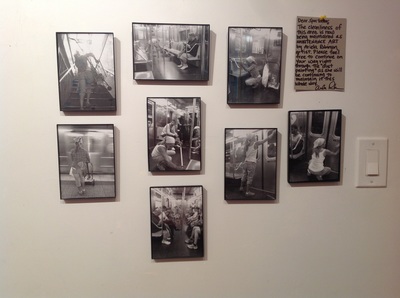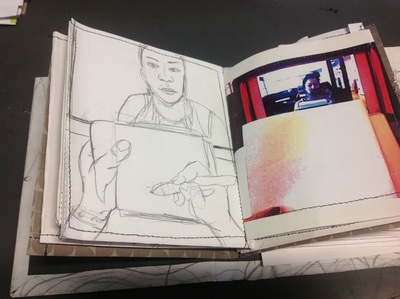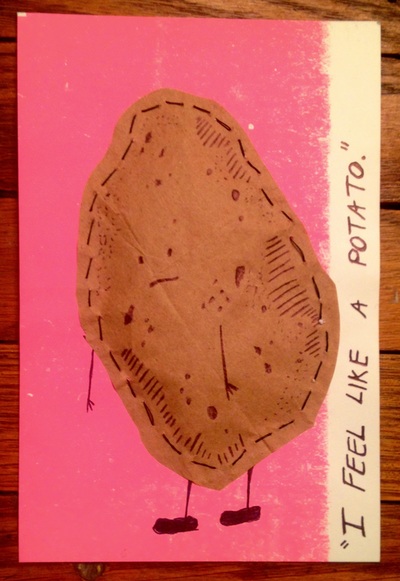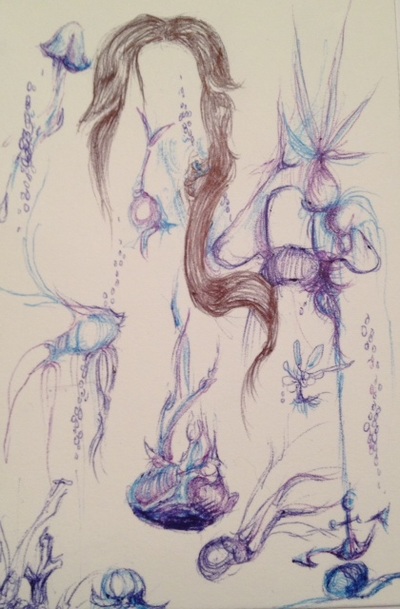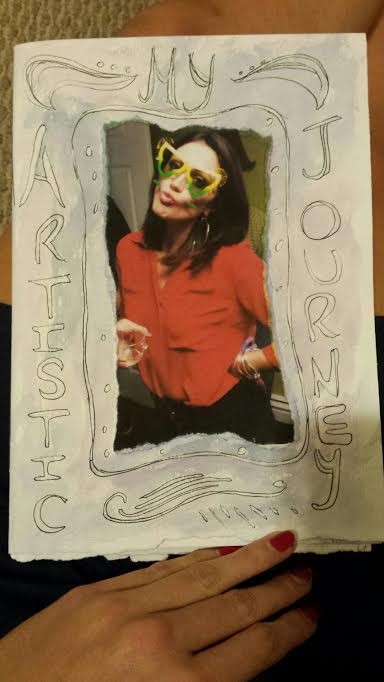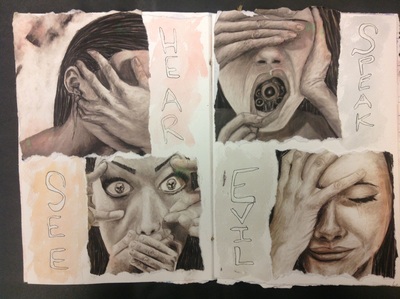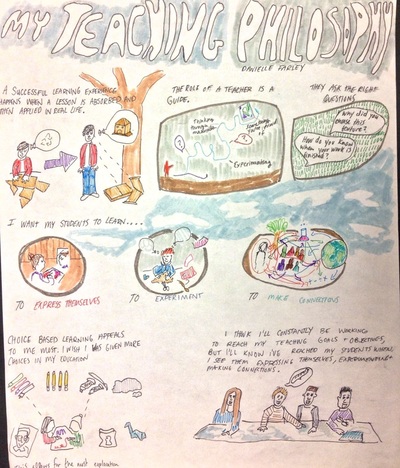Photo: Pre-service teachers engage in student Desiree Bender's mini-lesson inspired by artist Judith Scott
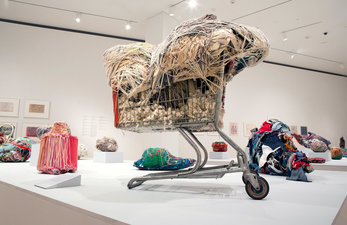 An installation of art work by Judith Scott at the Brooklyn Museum
An installation of art work by Judith Scott at the Brooklyn Museum
Some knots let go when you pull on them, others get stronger.
Both have their place and purpose.
Mastering the art of tying knots means being able to make
many different types,
and also knowing when and where to use each.
The art of teaching and the teaching of art require knowing when to inform, reinforce and when to let go. As a teacher of teachers, I must equip my students with a comprehensive toolkit of skills and understandings, and, also empower them to know when and where to use them. This knowledge must be acquired through practice, but may be fostered through mentoring and apprenticeship.
My role is to facilitate experiences, and not merely to impart information.
Engagement with the unfamiliar naturally generates experiences of discovery. Contemporary art can be very effective in opening up new ways of thinking and doing, and offers opportunities to connect with other timely socio-cultural issues and concerns. My research, and that of others, also demonstrates the art-making process can be highly effective in cultivating spatial reasoning skills essential to success in STEM (science, technology, engineering and math) domains, and in creative innovation more generally.
Both have their place and purpose.
Mastering the art of tying knots means being able to make
many different types,
and also knowing when and where to use each.
The art of teaching and the teaching of art require knowing when to inform, reinforce and when to let go. As a teacher of teachers, I must equip my students with a comprehensive toolkit of skills and understandings, and, also empower them to know when and where to use them. This knowledge must be acquired through practice, but may be fostered through mentoring and apprenticeship.
My role is to facilitate experiences, and not merely to impart information.
Engagement with the unfamiliar naturally generates experiences of discovery. Contemporary art can be very effective in opening up new ways of thinking and doing, and offers opportunities to connect with other timely socio-cultural issues and concerns. My research, and that of others, also demonstrates the art-making process can be highly effective in cultivating spatial reasoning skills essential to success in STEM (science, technology, engineering and math) domains, and in creative innovation more generally.
